How do you describe water to a fish?
It’s always been a challenge to explain to someone what The Embodied Present Process is, because there’s nothing close to compare it to. The premise of TEPP is that the way of being to which we’ve habituated as a culture over thousands of years has precipitated an accelerating spiral of harms that affect our personal lives, our societies and the planet we call home. Central to that way of being is a set of assumptions that obscure the living relationships that sustain us physically and spiritually.

White Paper PDF
Foremost among those assumptions is that our intelligence is a product of the cranial brain, which is therefore seen as the natural ruler of the self. Our institutions, our hierarchies, our language, and indeed the entire public school system are in service to that assumption. But as we learn to Iive in the head, we lose touch with the subtle life of our bodies; and the body and its sensations are our bridge to the felt kinship of the world. They are what enable us to be present. The result of that loss is a way of being that is self-centred, self-conscious, and self-serving – one that reveals the world around us to be an assortment of independent, material things to be assessed as exploitable, or a perceived threat, or irrelevant to our personal goals. As the world is depleted by that loss, so are we.
The philosophy and practices of TEPP point to another way of being – one that lives in felt relationship with the world around us; one that feels the wholeness of the self seamlessly embraced by the wholeness of the world; one that feels the present intimately, and finds bottomless guidance within it.
The White Paper was written to clarify what The Embodied Present Process is, how it differs from other embodiment modalities, and why it matters. We welcome your comments.


